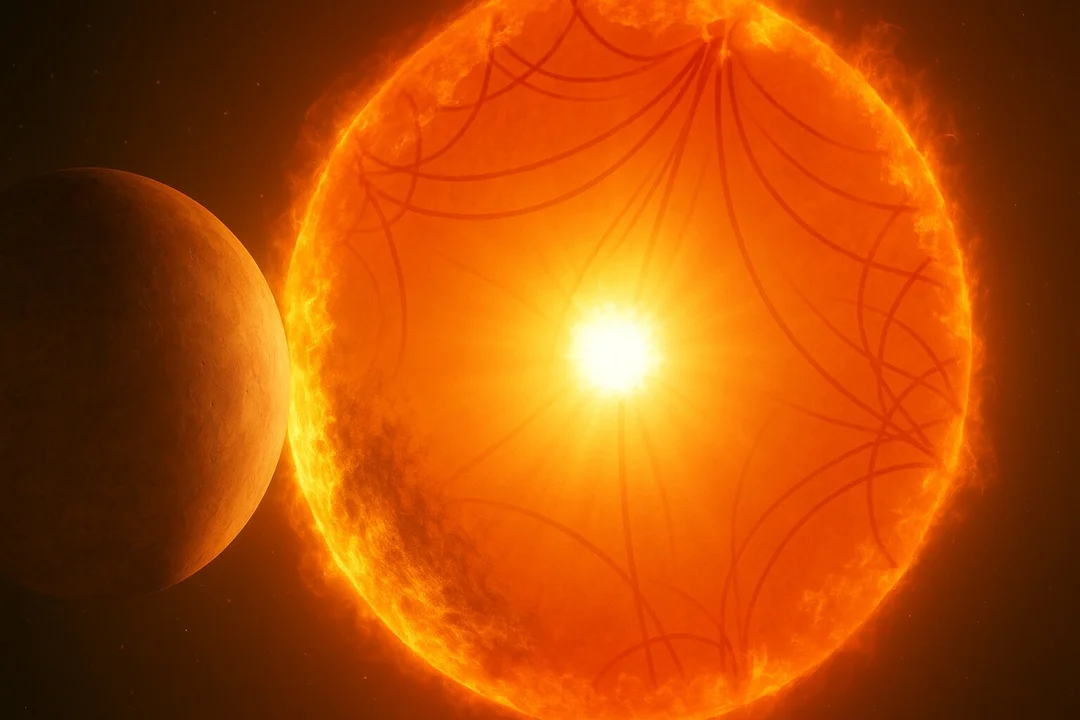
Astronomers Unlock Star Secrets by Listening to its ‘Music’ with Keck Observatory’s Keck Planet Finder
In a groundbreaking discovery, astronomers have found a new way to understand stars: by listening to their "music." Using the cutting-edge Keck Planet Finder (KPF) at the W.M. Keck Observatory on Maunakea, Hawai'i, a team led by Yaguang Li from the University of Hawai'i Institute for Astronomy has detected subtle oscillations in a nearby star, HD 219134. This breakthrough, published in The Astrophysical Journal, is shaking up our understanding of stellar evolution and challenging existing stellar models.

Asteroseismology, the study of stellar vibrations, is not new, but the KPF instrument allows scientists to probe cooler stars that were previously too quiet to study. "The vibrations of a star are like its unique song," explained Li. "By listening to those oscillations, we can precisely determine how massive a star is, how large it is, and how old it is."
The team gathered over 2,000 ultra-precise measurements over four nights, capturing vibrations that revealed HD 219134’s age to be 10.2 billion years – more than twice the age of our Sun. This makes it one of the oldest main-sequence stars studied using this method. The age determination also helps refine our understanding of gyrochronology, where stellar ages are estimated based on their spin rates. Older stars tend to slow down, but HD 219134's age helps calibrate models at the older end of the stellar timeline.

However, the star also presented a puzzle. Measurements indicate that HD 219134 appears smaller than expected. While interferometry suggested a radius about 4% larger, the asteroseismic measurements suggest a more compact structure, challenging existing models of cooler stars like HD 219134. The team is investigating whether unrecognized atmospheric effects, magnetic fields, or deeper modeling issues account for this discrepancy.
HD 219134 is known to host at least five planets, including two rocky, super-Earth-sized worlds. The more precise measurement of the star's size allows the team to refine the sizes and densities of these planets, suggesting they have Earth-like compositions with solid, rocky surfaces. This makes the system even more interesting in the search for habitable exoplanets.
The success of this study paves the way for future research. Instruments like Keck Planet Finder will enable age measurements for other stars that will become the focus of searching for life on other planets using future NASA missions like the Habitable Worlds Observatory. "When we find life on another planet, we will want to know how old that life is,” said Daniel Huber, a co-author on the study. “Listening to the sounds of its star will tell us the answer."
This research opens a new window into understanding stellar evolution and the search for life beyond Earth. Will this new method revolutionize our understanding of stars and exoplanets? What other secrets do stars hold within their "music"? Share your thoughts and questions in the comments below!